Characterizing Gold Nanorods by Utilizing VV and VH Modes in DLS
2024-06-28Application Note
This application note emphasizes the combined use of VV and VH modes in dynamic light scattering (DLS) measurements, enabling a thorough analysis of anisotropic particles such as gold nanorods. The BeNano 180 Zeta Pro accurately measures both translational and rotational diffusion, offering detailed insights into the particles' morphology and dynamics.
| Product | BeNano Series (BeNano 180 Zeta Pro) |
| Industry | Nanomaterials |
| Sample | Gold Nanorods |
| Measurement Type | Particle Size |
| Measurement Technology | Dynamic light scattering (DLS) |
Jump to a section:
Introduction
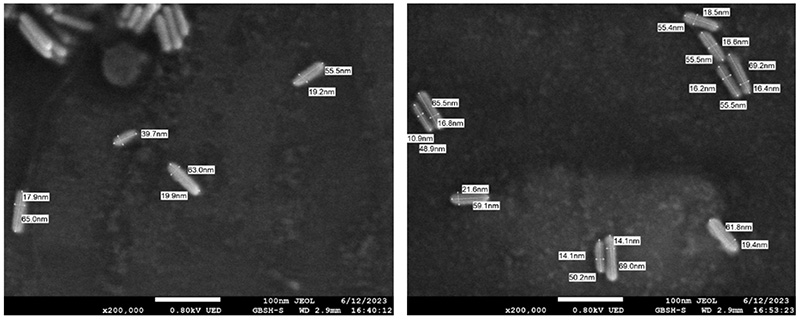
Figure 1. SEM Images of Gold Nanorods
Some samples exhibit anisotropic shapes such as rods or disks rather than spherical forms. In dynamic light scattering (DLS) measurements, the diffusion behavior of these samples involves not only translational diffusion but also significant rotational diffusion. For these samples, it is essential to perform DLS measurements using both VV and VH modes.
- VV mode uses a vertically polarized laser source and a vertical polarizer in the detection path, collecting only vertically polarized scattered light.
- VH mode uses a vertically polarized laser source and a horizontal polarizer in the detection path, collecting only horizontally polarized scattered light. VH mode is also known as depolarized dynamic light scattering (DDLS).
Combining the results from VV and VH modes allows for the determination of the rotational diffusion coefficient Dr in anisotropic systems, providing more information about the sample's morphology and motion.
In this application note, the BeNano 180 Zeta Pro is used to measure the translational and rotational diffusion of gold nanorods dispersed in water.
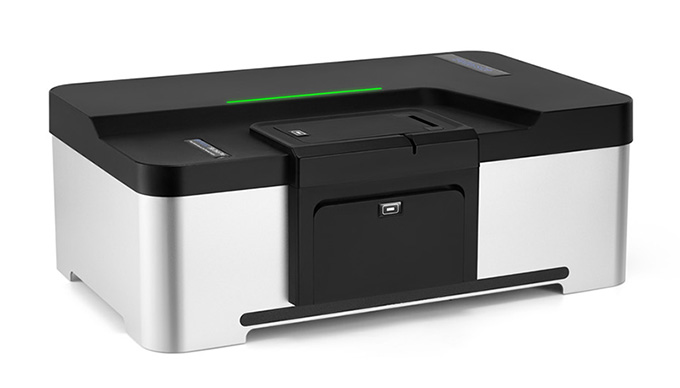
BeNano 180 Zeta Pro
Experimental
The gold nanorods were measured using the BeNano 180 Zeta Pro with a built-in temperature control system, set to a default test temperature of 25°C ± 0.1°C.
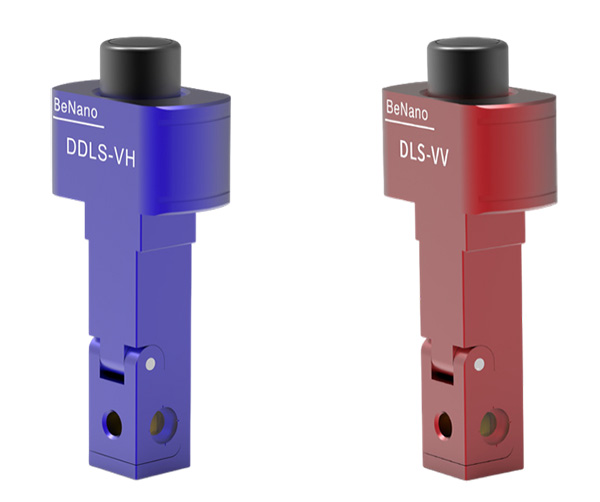
Figure 2. Multifunctional Micro-volume Cells for VH (left) and VV (right) Modes
Using the micro-volume cells, only 16 μL of the sample is needed, significantly saving valuable sample. The samples were measured at least three times to ensure reproducibility and to calculate the standard deviation of the results.
Results and Discussion
VV and VH mode tests were performed at a 90° angle. The DLS results are shown below:
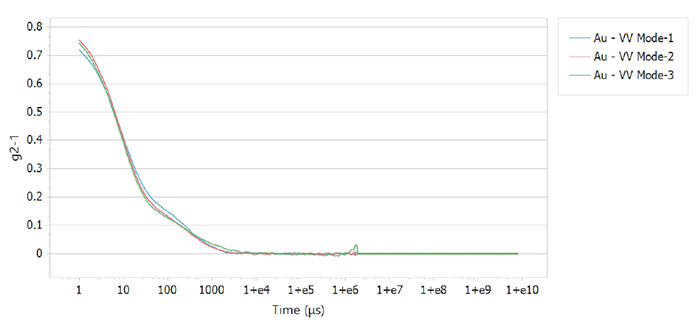
Figure 3. 90° VV Mode Correlation Functions of Multiple Tests

Figure 4. 90° VH Mode Correlation Functions of Multiple Tests
The derived formula from literature shows that the light intensity correlation function for rod-shaped samples under VV and VH test conditions is:

where Γ=2DTq2, Δ=12Dr , q is the scattering vector. In the VV mode, the correlation function includes contributions from both translational and rotational diffusion, leading to multiple exponential decays. In the VH mode, the correlation function shows a single exponential decay. This matches the observed correlation functions in Figures 3 and 4.
Based on theoretical derivations, the field intensity correlation functions for VV and VH modes are as follows:

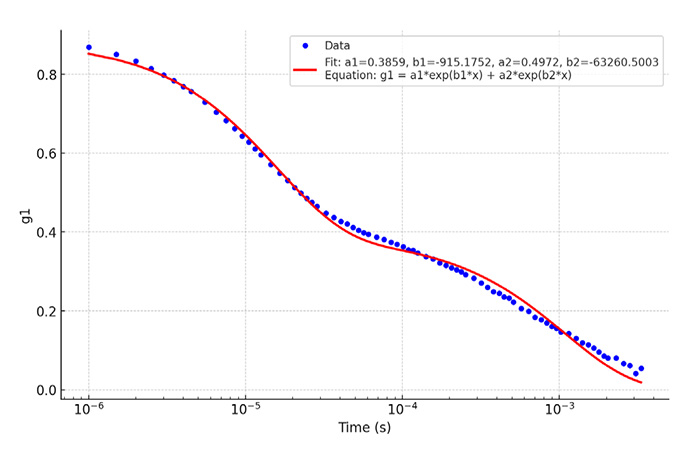
Figure 5. Double Exponential Fitting of g1VV Correlation Function
By calculating the natural logarithm of g1VH and using polynomial fitting, one can obtain DTq2+6Dr. Double exponential fitting of g1VV yields both DTq2+6Dr and DTq2. The results are summarized in the table below:
Table 1. Fitting results from VV and VH modes
| Item | Method | Result |
| DTq2+6Dr (1/s) | Polynomial fit of g1VH | 66935.67 |
| DTq2+6Dr (1/s) | Fast decay in VV mode | 63260.50 |
| DT (nm2 /ms) | Slow decay in VV mode | 2941.07 |
| Dr (1/ms) | Combined fast and slow decay in VV mode | 10.58 |
Table 1 shows that the results from VV and VH modes are consistent, ultimately providing the rotational diffusion coefficient Dr for the gold nanorods.
Conclusion
The combined use of VV and VH modes in dynamic light scattering (DLS) tests allows for comprehensive analysis of anisotropic particles like gold nanorods. The BeNano 180 Zeta Pro effectively measures both translational and rotational diffusion, providing detailed insights into the particles' morphology and motion. This approach ensures accurate characterization and enhances understanding of such complex systems.
About the Authors
 |
Zhibin Guo Application Manager @ Bettersize Instruments |
 |
Dr. Ning Chief Product Officer @ Bettersize Instruments |
|
BeNano 180 Zeta Pro Nanoparticle Size and Zeta Potential Analyzer
|
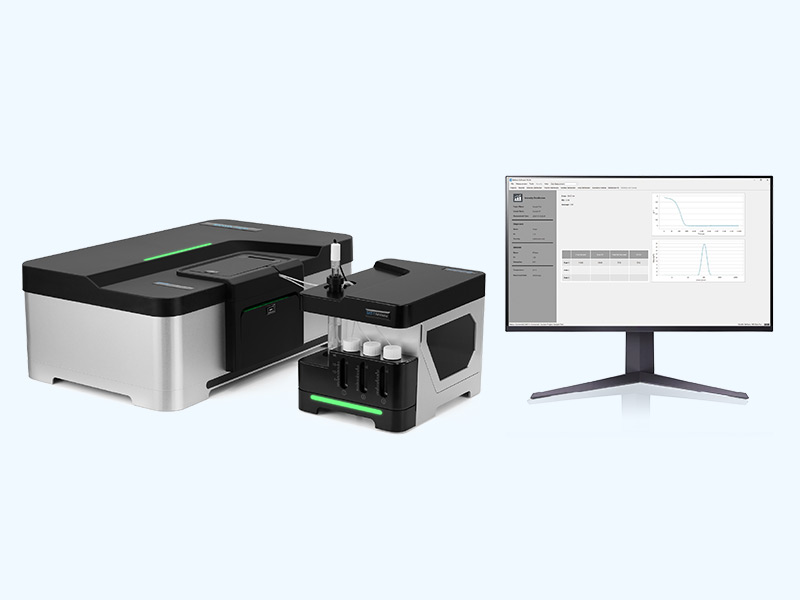 |
Recommended articles
Rate this article
